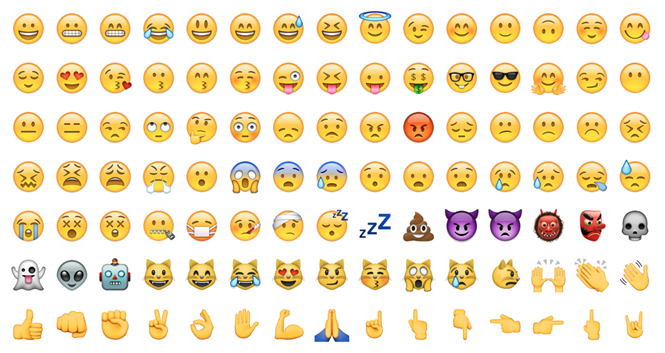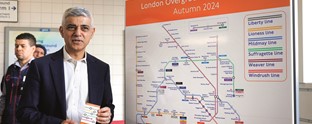The type writer: On emojis

Bruno Maag explores the new language realities possible for brands with the use of emojis
Pokémon Go is the latest in gaming and gives us a taste of augmented reality (AR). The game mixes the real and the imaginary, and its success lies in sparking an emotional response from the player towards the Pokémon creatures, which in this respect could be classed as a form of emoji.
The use of emojis has gained ground over the last two years and there are now constant additions to an already extensive list. Korean and Japanese cultures were early adopters of emojis in daily communications; not only individuals but also consumer brands. Through the use of emojis, brands are able to emotionally connect with their community of consumers and fans in a way that traditional written language finds difficult. Yet, it is in clever combination with written language that emojis can augment the messages with powerful emotional qualities and elevate one brand over another when competing on a supermarket shelf or in an online shop.
Emojis are culturally sensitive, but their interpretation depends on the individual customer’s cultural background.
Accordingly, brands thinking of deploying emojis in their messages will have to be aware of their markets as much as they have to be sensitive to whether their message needs to be written in the regional or even local language and writing system.
Southeast Asia alone has over 20 active writing systems,starting at around 20 million readers.
AR could serve as an effective tool to engage customers with a brand. Not only has the brand the
opportunity to change the language and writing system based on the customer’s device settings, but emojis can be employed based on such settings. In that way, the brand is able to meet the increasingly high visual expectations its customers have in a relatively inexpensive way. Pokémon Go shows us what can be done.
Bruno Maag is chairman of Dalton Maag












